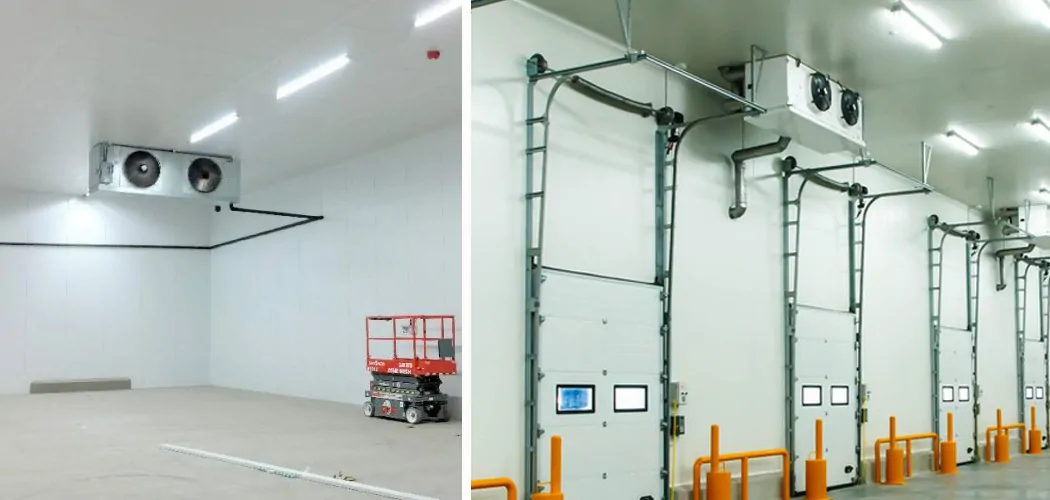Cold storage facilities are essential for preserving perishable goods such as food, medicine, and chemicals. These facilities require controlled environments with specific temperature and humidity levels to prevent spoilage. However, these conditions can also make it challenging for workers to see clearly inside the facility. That’s where proper lighting comes in.
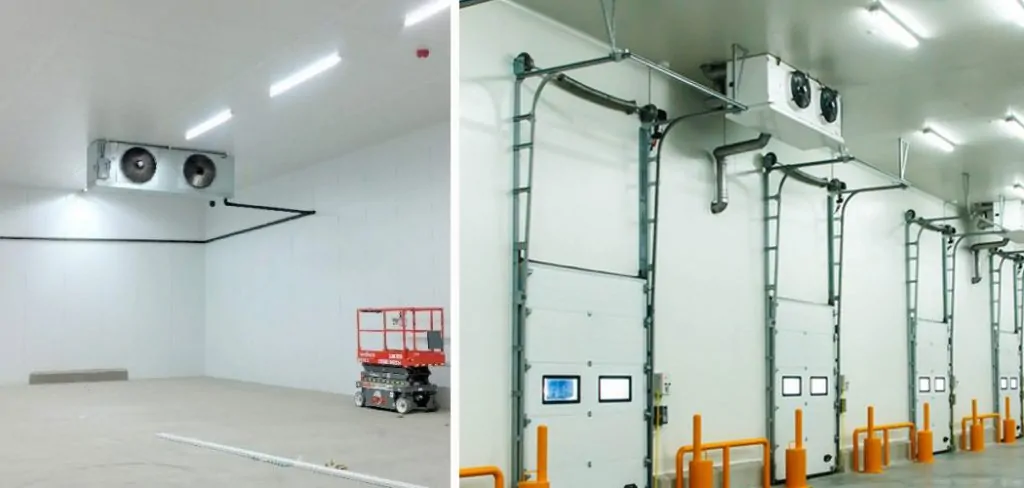
Having sufficient lighting in your cold storage facility not only improves visibility but also creates a safer and more efficient working environment. In this guide, we will discuss how to wire cold storage lighting to ensure adequate illumination in your facility.
Understanding Cold Storage Lighting
Before diving into the wiring process, let’s first understand what makes cold storage lighting different from regular lighting. Cold storage facilities operate at low temperatures, typically below freezing point, which poses challenges for lighting systems. Therefore, the lighting used in these facilities needs to be specifically designed for cold environments.
The two main types of lighting used in cold storage facilities are LED and fluorescent lights. LED lights are more energy-efficient and have a longer lifespan, making them a popular choice for cold storage facilities. On the other hand, fluorescent lights are cheaper but may not perform as well under extreme cold temperatures. It is essential to consider the specific needs of your facility when choosing between these two options.
Step-by-step Guidelines on How to Wire Cold Storage Lighting
Step 1: Plan and Prepare
The first step in wiring cold storage lighting is to plan and prepare. This involves understanding the layout of your facility, identifying areas that require lighting, and estimating the amount of wiring and fixtures you will need. It is essential to have a detailed plan to avoid any delays or mistakes during the process. This step should also include identifying the power source and ensuring it can handle the load of your lighting system.
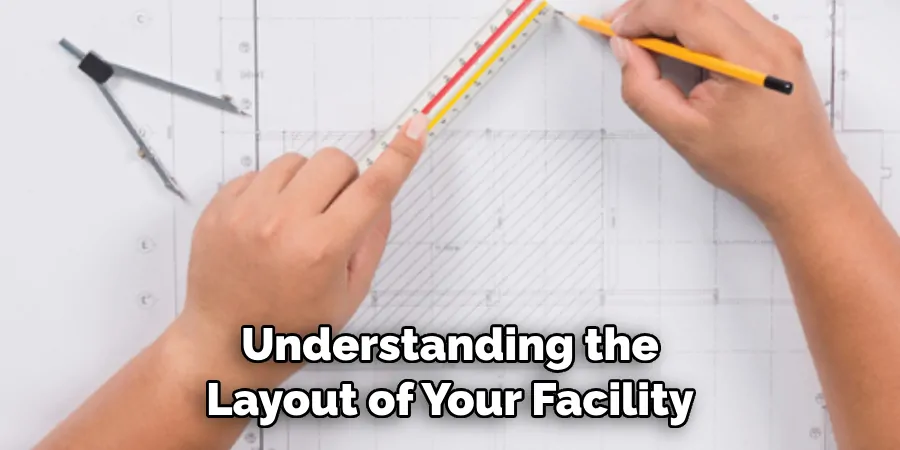
Step 2: Choose Appropriate Wiring and Fixtures
As mentioned earlier, cold storage facilities require specific types of wiring and fixtures. It is crucial to choose wiring that can withstand low temperatures, high humidity, and condensation. The recommended type of wire for this purpose is tinned copper wire, as it has better resistance to these conditions compared to regular copper wire. It is also essential to choose waterproof and dustproof fixtures that can handle extreme temperatures.
Step 3: Install the Wiring
Once you have your plan in place, and all necessary materials are ready, it’s time to start installing the wiring. Begin by running the wiring through the designated areas, such as ceilings and walls. Make sure to secure the wiring properly to prevent any accidental damage. It is also crucial to follow electrical codes and safety precautions during this process. Make sure to use waterproof junction boxes and connectors to protect the wiring from moisture.
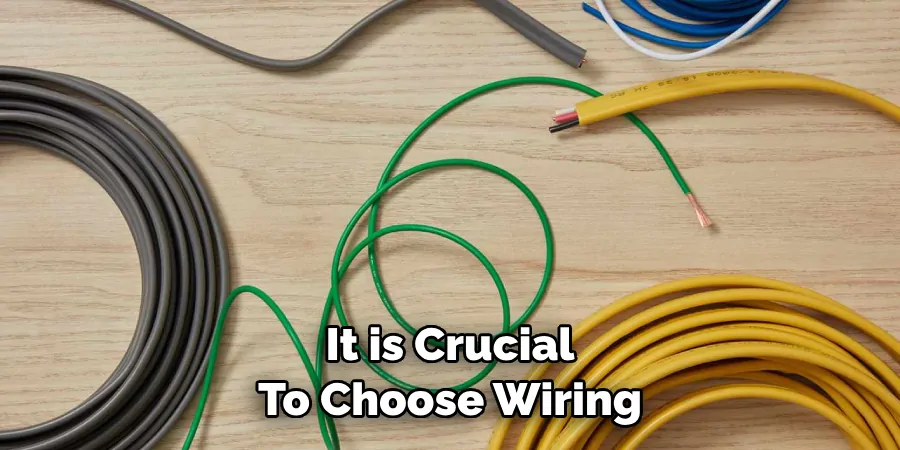
Step 4: Connect the Wiring to Fixtures
After installing the wiring, it’s time to connect them to the fixtures. Make sure to follow manufacturer instructions while connecting the wires and fixtures. It is crucial to make secure connections to avoid any power or lighting issues in the future. Additionally, use appropriate tools and safety equipment while working with electricity.
Step 5: Test the Lighting System
Before completing the wiring process, it is essential to test the lighting system. Turn on the power and check if all fixtures are functioning correctly. Adjust any fixtures that may require repositioning for better illumination. It is also a good idea to have an electrician inspect the wiring and connections to ensure they are up to code. Make any necessary adjustments before finalizing the wiring.
Following these steps will ensure that your cold storage facility has proper lighting for a safe and efficient working environment. Additionally, it is crucial to regularly inspect and maintain the lighting system to ensure it continues to function correctly in the harsh conditions of a cold storage facility. With proper wiring and maintenance, your facility will have the necessary visibility for smooth operations. So, make sure to keep these guidelines in mind when wiring cold storage lighting!
Additional Tips and Tricks to Wire Cold Storage Lighting
1. Make sure to label all wires and connections for easy identification in the future. This will save time and effort if future maintenance or repairs are needed.
2. Use wire connectors or electrical tape to secure connections, making sure that there is no exposed wiring or potential for short circuits.
3. Consider using wire channels or conduits to neatly organize and protect the wires, especially if they are in high-traffic areas. This will also prevent accidental damage to the wiring.
4. Use a multimeter to test all connections and ensure that there is proper voltage and current flow. This will help troubleshoot any potential issues before they become larger problems.
5. If possible, use LED lights for cold storage lighting. They are energy efficient and emit less heat, which is important in a cold storage environment.
6. Consider implementing motion sensors or timers to automatically control the lighting, minimizing energy usage and potentially reducing maintenance costs.
7. Regularly inspect and clean the light fixtures and bulbs to ensure they are functioning properly and providing adequate lighting.
8. Train all personnel on proper safety protocols and procedures for working with electrical wiring, including how to safely handle and dispose of damaged or faulty wires.
9. Consider consulting a professional electrician if you are unsure about any aspect of wiring for cold storage lighting. It is better to be safe than sorry when it comes to electrical systems.
10. Keep an updated record or diagram of the wiring layout for future reference. This will come in handy for any future maintenance or repairs.
11. Regularly monitor energy usage and make necessary adjustments, such as switching to more energy-efficient bulbs or implementing newer technology for lighting control.
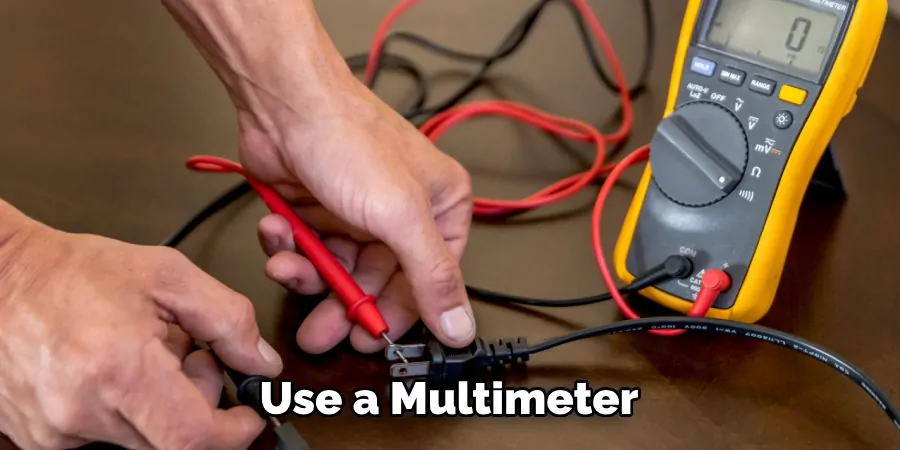
Following these additional tips and tricks will ensure that your cold storage lighting is not only functional but also safe and energy efficient. Don’t overlook the importance of proper wiring in creating a well-functioning and sustainable lighting system for your cold storage facility. Remember to always prioritize safety and consult with professionals when needed. Happy wiring!
Things You Should Consider to Wire Cold Storage Lighting
1. Light Bulb Type:
There are various types of light bulbs available in the market, such as incandescent, fluorescent, LED, and halogen. Each type has its benefits and drawbacks when it comes to cold storage lighting. For example, incandescent bulbs produce heat which can raise the temperature inside a cold storage unit. On the other hand, fluorescent and LED bulbs are energy-efficient, but they may not work well in extremely low temperatures. Therefore, it is essential to consider the type of light bulb that will be suitable for your cold storage unit’s specific needs.
2. Light Bulb Temperature:
When choosing a light bulb for cold storage lighting, it is crucial to pay attention to its temperature rating. The temperature inside a cold storage unit can drop to as low as -30°F and not all light bulbs can withstand such extreme temperatures. Some bulbs may stop working or produce dimmer light in extremely low temperatures. Therefore, it is recommended to choose light bulbs with a temperature rating that can withstand the cold storage environment.
3. Light Color:
The color of the light produced by a bulb can have a significant impact on the visibility and functioning of a cold storage unit. In low-temperature environments, warm-colored lights tend to produce better results as they do not emit harmful blue light that can damage products. On the other hand, cooler-colored lights may provide better visibility but can also cause discoloration or spoilage of certain items. It is essential to balance the color of light with its functionality and potential impact on cold storage items.
4. Energy Efficiency:
Since cold storage units are energy-intensive, it is crucial to consider the energy efficiency of the lighting system. LED bulbs are often considered the most energy-efficient option as they use less electricity and have a longer lifespan compared to other types of bulbs. Choosing energy-efficient bulbs can help reduce energy consumption and lower electricity costs, making it a more sustainable and cost-effective solution for cold storage lighting.
5. Heat Output:
As mentioned earlier, incandescent bulbs produce heat which can be problematic in cold storage units. However, some LED bulbs also produce heat, although not as much as incandescent bulbs. It is essential to consider the heat output of bulbs, especially in small or tightly packed cold storage units where excess heat can raise the overall temperature and affect products. Choosing low-heat output bulbs can help maintain a consistent and optimal temperature inside the cold storage unit.
6. Durability of Bulbs:
Cold storage units are often subjected to harsh environments, including extreme temperatures and moisture. Therefore, it is crucial to choose bulbs that are durable and can withstand these conditions without breaking or malfunctioning. LED bulbs, again, tend to be a more durable option compared to other types of bulbs. However, it is essential to research and choose bulbs from reputable brands that offer high-quality and durable products specifically designed for cold storage lighting.
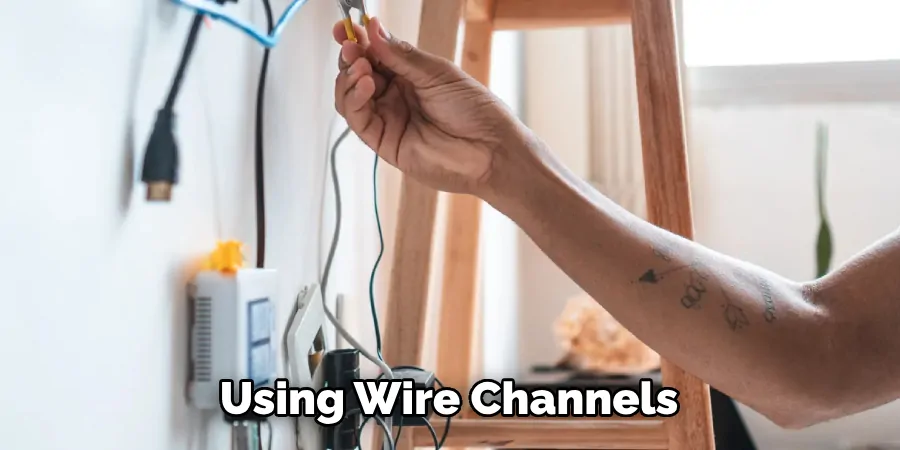
7. Lighting Layout:
Lastly, the layout of lighting in a cold storage unit is crucial to consider. The goal is to provide adequate and uniform light distribution without creating any hotspots or dark areas. It is recommended to have multiple light sources spread out evenly throughout the unit, rather than relying on one central light source. This not only improves visibility but also helps maintain a consistent temperature and reduces the risk of spoiling products due to uneven lighting.
Following these considerations can help you choose the most suitable lighting for your cold storage unit, ensuring optimal functionality and product preservation. Remember to always research and consult with professionals before making any final decisions to ensure the safety and effectiveness of your cold storage lighting system. So, it is essential to consider these factors carefully to make informed decisions when it comes to wiring cold storage lighting. Happy lighting!
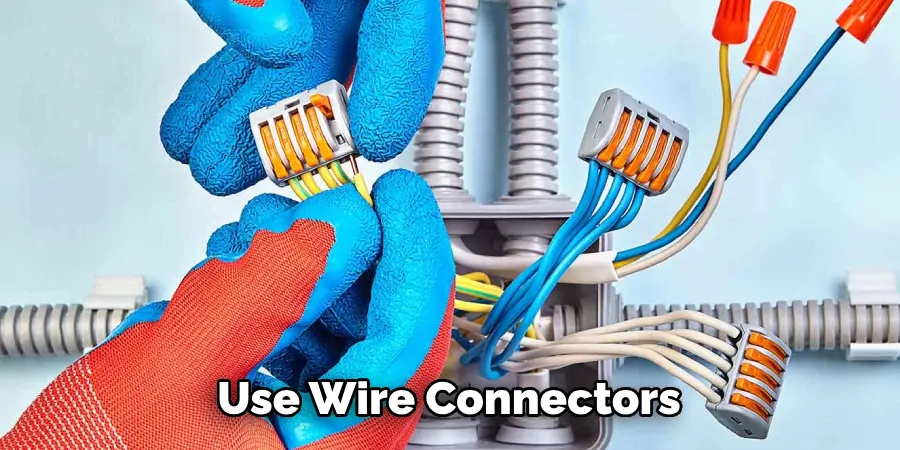
Troubleshooting Tips for Cold Storage Lighting Issues
1. Check Power Supply:
The first step in troubleshooting any electrical issue is to check the power supply. Make sure that the light is plugged in and receiving power. If the light is plugged into a surge protector, make sure that it is turned on and functioning properly. Checking the power supply should always be the first step in troubleshooting any lighting issue.
2. Replace Light Bulbs:
If your cold storage light is not turning on, the problem may simply be a burnt-out bulb. Try replacing the light bulb with a new one to see if that solves the issue. It’s important to use bulbs that are specifically designed for cold storage environments, as regular bulbs may not work properly in colder temperatures.
3. Clean Light Fixtures:
Dirt and debris can build up on light fixtures over time, which can affect the brightness of the light or even cause it to stop working altogether. Make sure to regularly clean your light fixtures to ensure maximum effectiveness and longevity. This is especially important in cold storage environments where debris from food and other materials may accumulate more quickly.
4. Check for Loose Connections:
Loose connections can also cause lighting issues in cold storage environments. Make sure to check all connections within the lighting system, including wires, plugs, and sockets, to ensure they are securely connected. If you find any loose connections, tighten them as needed to improve the functioning of your lights.
5. Inspect for Damage:
Cold storage environments can be harsh on lighting fixtures, so it’s important to regularly inspect them for any signs of damage. This includes cracks or breaks in the fixture itself, as well as damaged wires or connections. If you notice any damage, make sure to repair or replace the fixture as soon as possible to prevent further issues.
6. Consider Temperature Control:
One common issue with cold storage lighting is that the lights may not turn on or may flicker when the temperature drops too low. This can be a sign of an incompatible lighting system for your specific cold storage environment. Consider investing in a temperature control system for your lights to ensure they continue functioning properly in all temperatures.
Following these troubleshooting tips can help you quickly and effectively address any lighting issues in your cold storage environment. Regular maintenance and inspections are also key to preventing future problems and ensuring the longevity of your lighting system. If the issue persists or is beyond your expertise, it’s always best to consult a professional electrician for assistance. So, keep these tips in mind and enjoy a well-lit and functional cold storage environment.
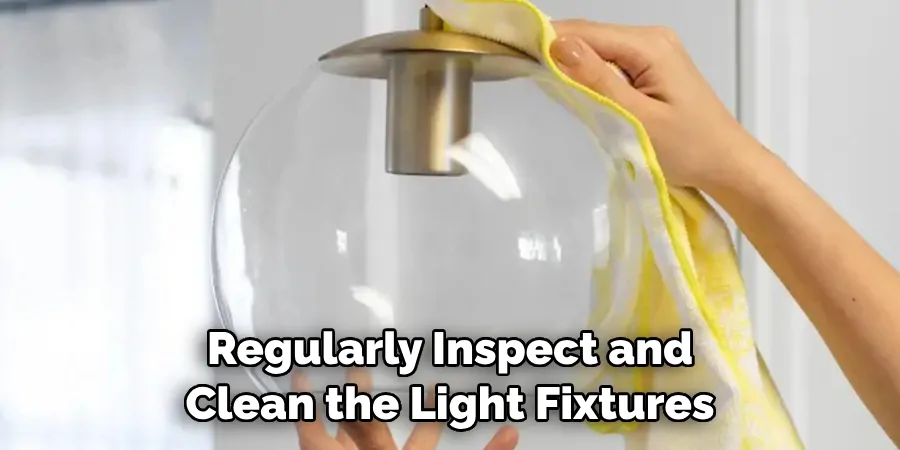
Frequently Asked Questions
What is Cold Storage Lighting?
Cold storage lighting refers to the type of lighting used in temperature-controlled environments such as refrigerators, freezers, and other cold storage facilities. These lights are specifically designed to withstand extreme temperatures and moisture levels, while still providing sufficient illumination for workers to perform their tasks safely and efficiently.
What Types of Lights are Typically Used in Cold Storage?
Some common types of lights used in cold storage facilities include LED, fluorescent, and high-intensity discharge (HID) lights. LED lights are becoming increasingly popular due to their energy efficiency, long lifespan, and ability to withstand extreme temperatures. Fluorescent lights are also a popular choice for cold storage facilities due to their low cost and high brightness. HID lights, such as metal halide or sodium vapor lights, are less commonly used in cold storage as they require a warm-up period and can be affected by low temperatures.
How Should Cold Storage Lights Be Wired?
When it comes to wiring cold storage lights, it is important to consider safety, energy efficiency, and proper functioning of the lights. The specific wiring method will depend on the type of lighting being used and the size of the facility. It is recommended to hire a licensed electrician to ensure proper installation and compliance with safety standards.
Should I Need to Follow Any Precautions When Installing Cold Storage Lights?
Yes, several precautions should be taken when installing cold storage lights. These include ensuring the wiring is done correctly and safely, using appropriate fixtures and bulbs designed for cold storage environments, and ensuring all electrical components are sealed to prevent moisture from entering. It is also important to regularly check and maintain the lights to ensure they continue functioning properly in the extreme temperatures and conditions of a cold storage facility.
How Do I Choose the Right Lights for My Cold Storage Facility?
When choosing lights for a cold storage facility, it is essential to consider factors such as energy efficiency, brightness, durability, and compatibility with low-temperature environments. As LED lights are becoming increasingly popular for their energy efficiency and ability to withstand extreme temperatures, they are often the preferred choice for cold storage lighting. However, it is important to consult with a professional to determine the best lighting solution for your specific facility and needs.

Conclusion
Now you know how to wire cold storage lighting, the different types of lights that can be used, and what precautions to take during installation. Remember to always prioritize safety and choose high-quality lighting solutions for your cold storage facility. Properly installed and maintained lighting not only provides a safe working environment but also promotes energy efficiency and cost savings in the long run. Keep these factors in mind when selecting the right lights for your cold storage facility. So, invest in the best lighting solution and improve the overall functionality and safety of your cold storage facility. Happy lighting!

